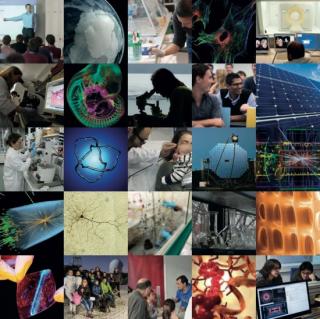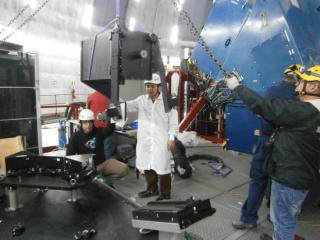
100xCIENCIA will take place on 7th and 8th October 2015 on the island of La Palma (Canary Islands.
Advertised on
This section includes scientific and technological news from the IAC and its Observatories, as well as press releases on scientific and technological results, astronomical events, educational projects, outreach activities and institutional events.





